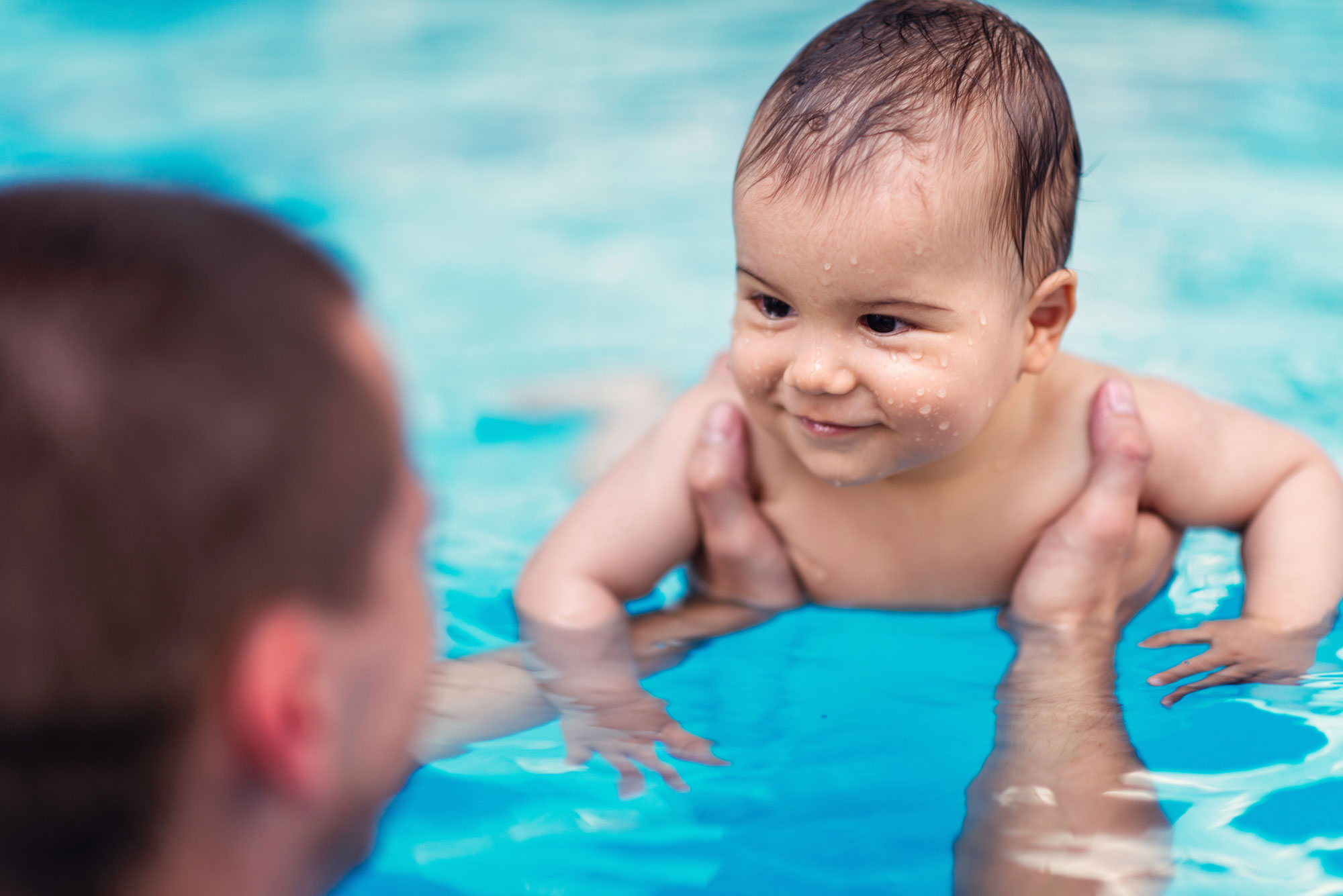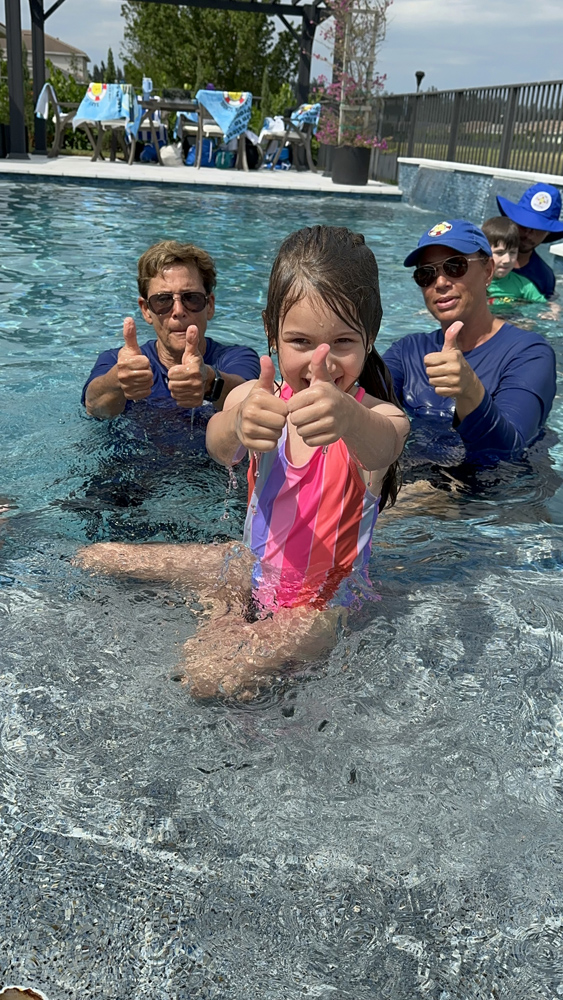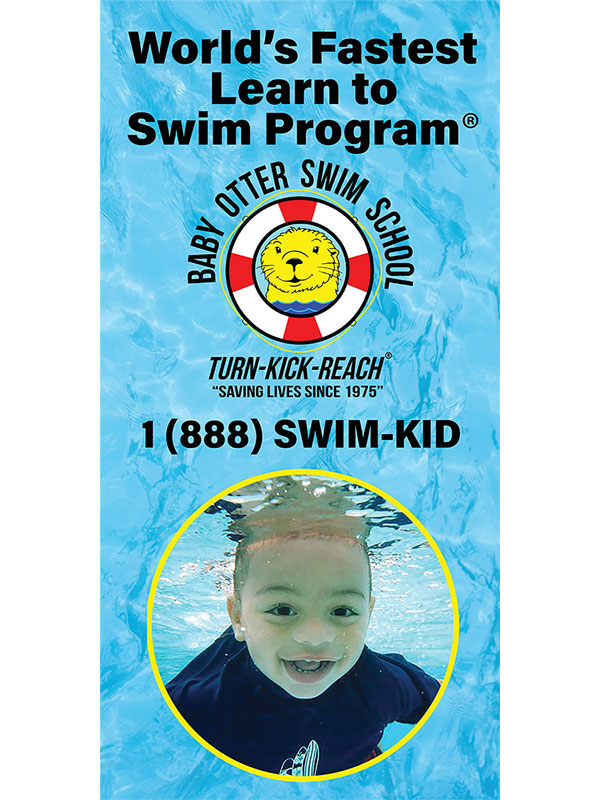How Swim School Franchises Assist Promote Water Safety And Security and Generate Income
Every Little Thing You Need to Understand About Swimming Lesson for Beginners: A Comprehensive Guide
Comprehending the principles of swimming lessons for beginners is vital for fostering both security and ability growth in the water. Choosing a qualified instructor that highlights a helpful understanding atmosphere sets the phase for success. As amateurs start this aquatic trip, understanding important techniques such as breathing and body positioning comes to be paramount. Nevertheless, the course to becoming a confident swimmer is typically fraught with difficulties, including the usual worry of water. What methods can be employed to guarantee a positive and improving experience for those just starting?
Value of Water Safety And Security
Water safety and security is extremely important for anybody venturing into water atmospheres, especially newbies. Understanding the prospective risks related to water activities is vital to ensure a pleasurable and safe experience. Statistics suggest that sinking continues to be a leading reason for accidental death, highlighting the requirement for heightened awareness and preventive measures.
The first step in water security involves recognizing the significance of supervision. Adults need to constantly maintain a close eye on kids and unskilled swimmers, as even superficial water can present substantial risks. Furthermore, using ideal flotation devices, such as life vest, is essential, especially for those who are not yet positive in their swimming abilities.
An additional vital facet is familiarizing oneself with the details atmosphere. Each body of water has unique characteristics, including currents, tides, and temperature, which can impact security. Swimmers ought to additionally understand weather and prospective hazards, such as submerged items or sudden changes in depth.
Discovering the Right Instructor
Picking a qualified teacher is an essential action in ensuring a secure and effective understanding experience for novices. When looking for a teacher, consider their accreditations and experience. Try to find people who are certified in CPR and Emergency Treatment, as well as those that hold recognized swimming mentor certifications, such as those from the American Red Cross or YMCA.

Furthermore, examine the teacher's interaction abilities. They must be able to share directions clearly and show strategies properly. A link in between the learner and the trainer can boost motivation and cultivate a favorable learning atmosphere.
Last but not least, take into consideration logistics such as course size, scheduling, and area. Smaller class dimensions often permit even more tailored attention, which can be beneficial for beginners. By meticulously evaluating these factors, you can locate a teacher who will contribute to a successful swimming experience.
Important Swimming Methods
Mastering crucial swimming methods is vital for novices aiming to build self-confidence and proficiency in the water. The structure of reliable swimming hinges on grasping the fundamental skills that improve both security and pleasure during method.
One of the first techniques to focus on appertains breathing. Beginners should this hyperlink find out to exhale underwater and inhale quickly when transforming their heads to the side, redirected here making sure a consistent rhythm that supports endurance. In addition, body placing plays a crucial role; swimmers need to preserve a structured position, maintaining the body level and straight to decrease drag.

Finally, recognizing the value of buoyancy can not be forgotten. Mastering floating methods will boost comfort and stability in the water. By concentrating on these essential techniques, beginners can establish a solid swimming foundation, establishing them up for higher success in future lessons and more advanced abilities.
Different Swimming Styles
Various swimming styles exist, each offering one-of-a-kind techniques and advantages that deal with various preferences and goals. The four visit primary strokes-- freestyle, backstroke, butterfly, and breaststroke-- form the structure of affordable swimming and recreational practices.
Freestyle, additionally called the front crawl, is identified by a flutter kick and rotating arm activities, enabling for maximum rate and effectiveness. It is typically one of the most preferred option for beginners because of its straightforward strategy and convenience in different water setups.
Backstroke, executed on the back, utilizes a comparable flutter kick yet utilizes a windmill arm motion. This stroke boosts body positioning and promotes leisure in the water, making it an outstanding option for those who may feel anxious while swimming.
Breaststroke features a frog-like kick and synchronised arm activities, advertising a slower rate that enables enhanced breathing control. This stroke is specifically helpful for beginners as it motivates a natural rhythm.
Finally, the butterfly stroke, known for its difficult method, includes a dolphin kick and synchronised arm movements. While advanced, grasping it can dramatically enhance overall swimming efficiency. Welcoming these diverse designs can result in a well-rounded swimming experience.
Conquering Common Obstacles
Although swimming can be a fulfilling activity, novices commonly run into different obstacles that might impede their progress and pleasure in the water. Begin by accommodating to the water in shallow areas, and practice breathing techniques outside of the water to construct self-confidence.
One more challenge is mastering fundamental methods, such as floating and stroke technicians. Newbies need to focus on appropriate body positioning and breathing patterns. Making use of flotation devices can assist in establishing a feeling of balance while exercising stroke principles.

Last but not least, finding a helpful atmosphere, whether with team lessons or individually training, can significantly enhance learning. Positive feedback and encouragement are vital for overcoming difficulties and promoting renovation. By attending to these usual concerns head-on, newbies can grow a favorable swimming experience and progress at a comfy speed.
Final Thought
In recap, swimming lessons for beginners include essential elements such as safety, effective instruction, and proficiency of essential methods. Focus on core abilities, consisting of breathing and body positioning, aids in creating self-confidence in the water.
Recognizing the principles of swimming lessons for beginners is important for fostering both safety and skill advancement in the water.Water safety and security is vital for anyone venturing into marine environments, particularly beginners. Arm movements have to likewise be coordinated with the kick; newbies should discover the significance of reaching forward and pulling with the water efficiently.
Although swimming can be a fulfilling activity, novices commonly run into various challenges that might impede their progress and satisfaction in the water. Start by accustoming to the water in superficial areas, and practice breathing strategies outside of the water to construct self-confidence.